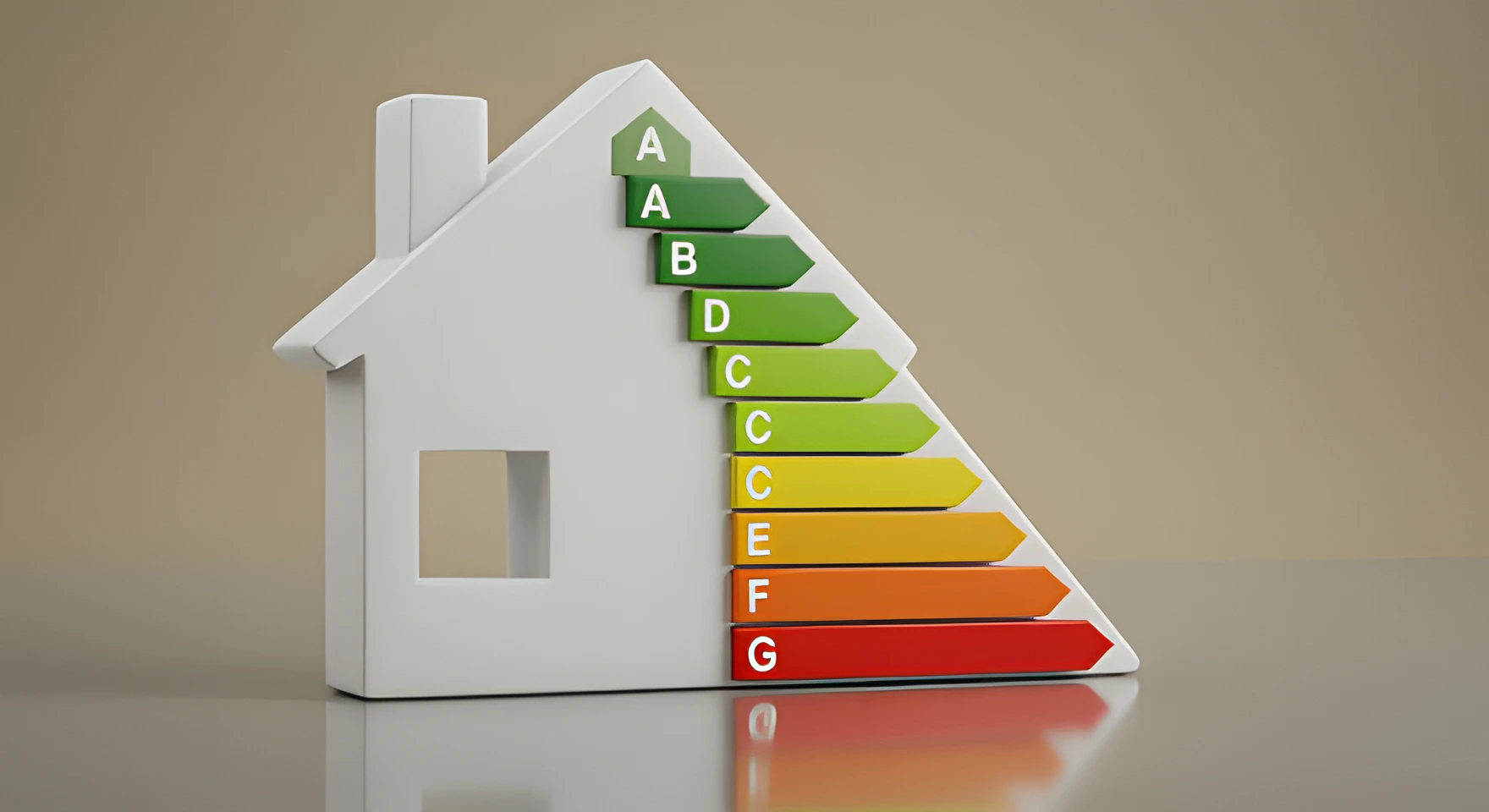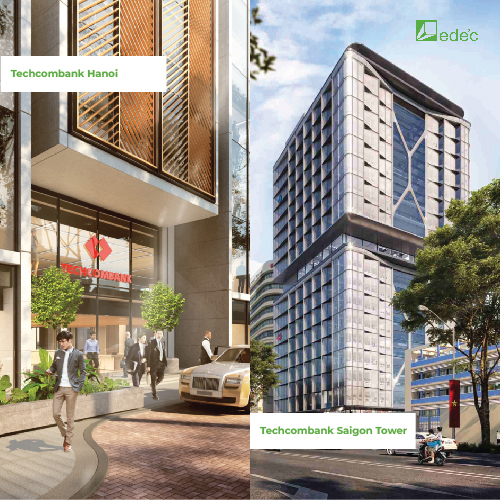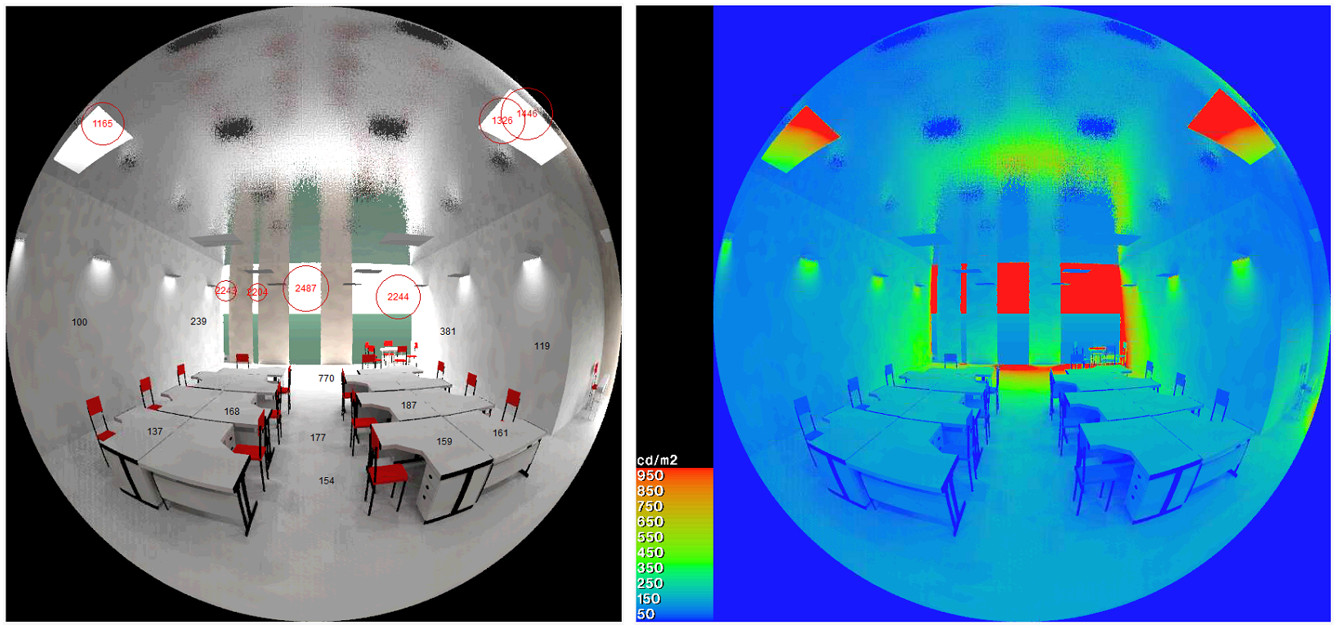RESOURCES
5 Net Zero Energy Building Examples Worth Emulating


Photo: Zooey Braun Photography
Story at a glance:
- The Sustainable Energy Fund Office Building was the first energy-positive building in the Lehigh Valley of Pennsylvania.
- A net-zero home in Massachusetts was designed by A3 Architects to be entirely electric.
- Geothermal heating and a triple-glazed curtain wall are among the features that make the Joyce Centre for Partnership & Innovation net zero.
Several countries—including Germany, France, Spain, Canada, and Ireland—have introduced targets to achieve net-zero energy emissions by 2050, according to the International Energy Agency. The truth is there is no one way to achieve energy efficiency, and because there are so many strategies that can help you attain net-zero—such as considerations related to lighting, HVAC, and windows—it can be hard to know where to start. Here are five net-zero energy building examples to model your next project after.
The Sustainable Energy Fund Office Building

Photo: Halkin | Mason Photography
Designed by Ashley McGraw Architects and TN Ward Company, the Sustainable Energy Fund (SEF) office building lies in a former apple orchard in Schnecksville, Pennsylvania, and it’s greener than ever. Inspired by Passive House projects, the building was positioned to take maximum advantage of the sun and shade, including windows sized and spaced for optimal daylight and to minimize energy loss.
The office, which is the first energy-positive building in the Lehigh Valley, also includes a photovoltaic array on the roof that generates all of the necessary energy for the building’s operation to help it achieve net-zero office design.
And the design is just as pleasing to the eye as it is eco-friendly to the earth: 12,000 square feet of leasable office space, bright colors, open-concept spaces, and wooden accents make up the modern interior. The SEF building plans to reduce its energy consumption by 75% while generating more than 130% of the energy it requires.
Schwaikheim Housing and Workshop

Schleicher.ragaller architects’ housing and workshop near Stuttgart, Germany utilizes a gabled farmhouse style and careful woodwork. Photo by Zooey Braun Photography
With timber craftsmanship throughout, this building—which includes six apartments and a workshop—in rural Germany is made almost entirely of reusable materials. CAPE Ingeniuere, Prof. Markus Binder, and Schleicher.ragaller architects used conscientious windows, heating, and electricity to make it a net-zero energy building. Photovoltaic panels on the roof and a heat pump that complies with the KfW energy efficiency standards also help meet the building’s energy goals.
Historic Massachusetts Contemporary Home

Photo: Kyle Caldwell
State-of-the-art meets sustainability with this eye-catching net-zero home in historic Lexington, Massachusetts. Sitting on top of the family’s three-car garage roof are 40 solar panels—enough to cover the home’s annual energy use.
Designed by A3 Architects, the 4,200 square-foot house is also entirely electric—from appliances to heating—with the double-wall construction and triple-glazed windows for tight insulation, all making it 58% more energy-efficient than a standard home.
Bristol Community College’s John J. Sbrega Health and Science Building

Reduced plug loads, a wider indoor temperature range, enthalpy wheel heat recovery, and filtered fume hoods are among the green building features in this health and science center. Photo by Edward Caruso
In the hopes of achieving carbon neutrality by 2050, the John J. Sbrega Health and Science Building at Bristol Community College in Massachusetts is using energy-efficient practices in every way possible. Designed by Sasaki, the building’s biggest challenge was breaking even on the amount of energy used versus produced each year.
Technological solutions and green building strategies were set into place to accommodate everything needed to train medical professionals without the heavy loads and high energy devices while achieving its mission of zero net energy. These solutions included reducing lighting and plug loads, using no fossil fuels for heating or cooling, and having fume hoods that filter chemical fumes.
Daylighting for solar heat gain and air-tight windows and doors were also critical when it came to paving the way for a net-zero future for Bristol Community College.
The Joyce Centre for Partnership & Innovation

The Joyce Centre for Partnership & Innovation. Photo courtesy of B+H Architects
Doubling as a lab and teaching tool for a sustainable future, The Joyce Centre for Partnership and Innovation at Mohawk College’s Fennell Campus is the largest net-zero energy institutional building in the Southern Ontario region, making it the perfect example of how to turn net-zero buildings into positive teaching tools.
The team at B+H Architects and McCallum Sather went to great lengths to implement green tactics by sticking to a budget to ensure their energy targets would succeed. A few of those green tactics include solar panel “wings” on the roof, geothermal heat sourcing, and a high-performance, triple-glazed curtain wall for the least amount of leaked air exposure.
Source: 5 Net Zero Energy Building Examples Worth Emulating – gb&d (gbdmagazine.com)






